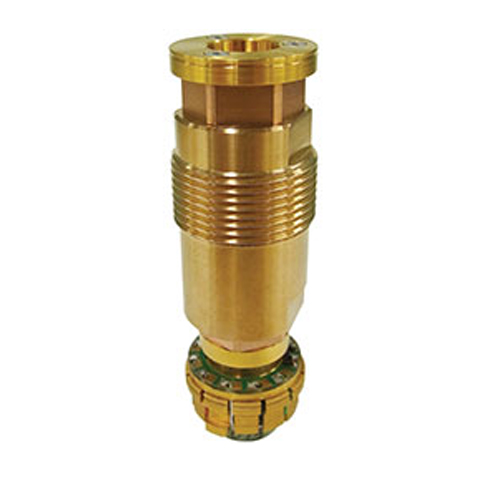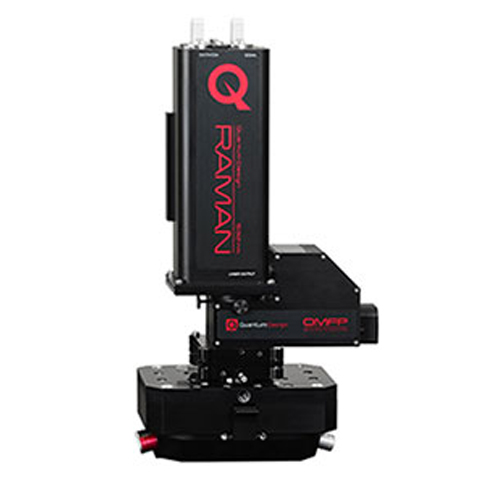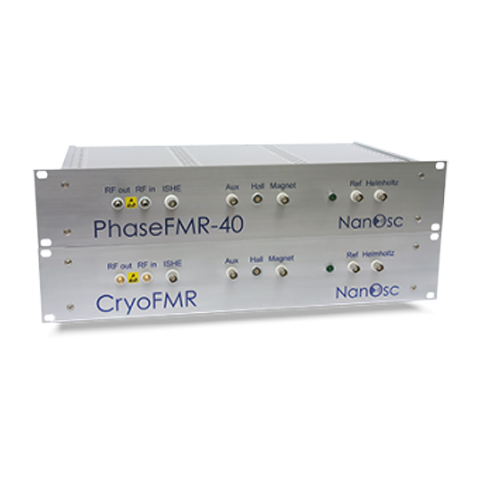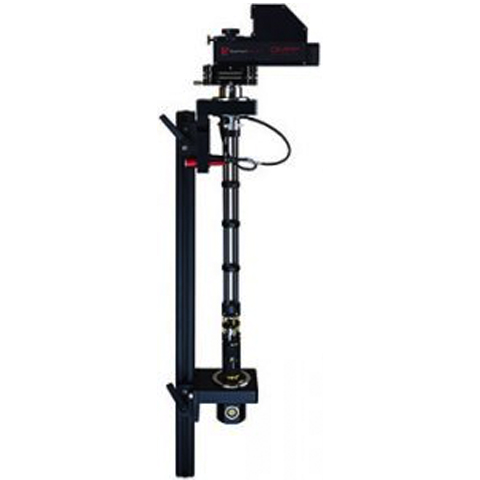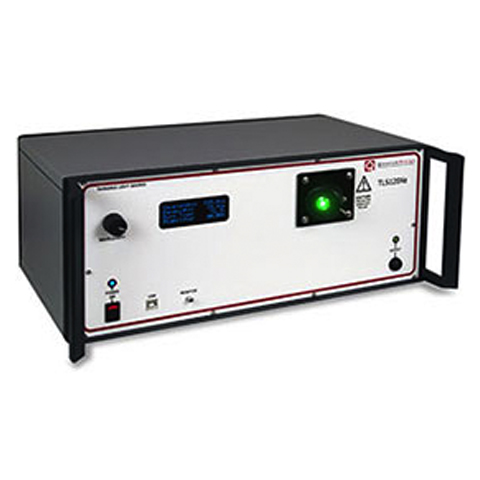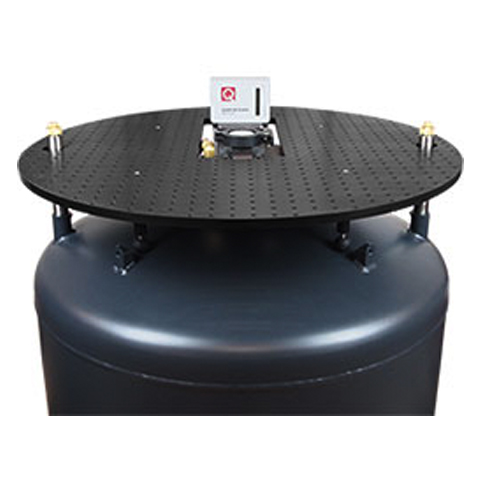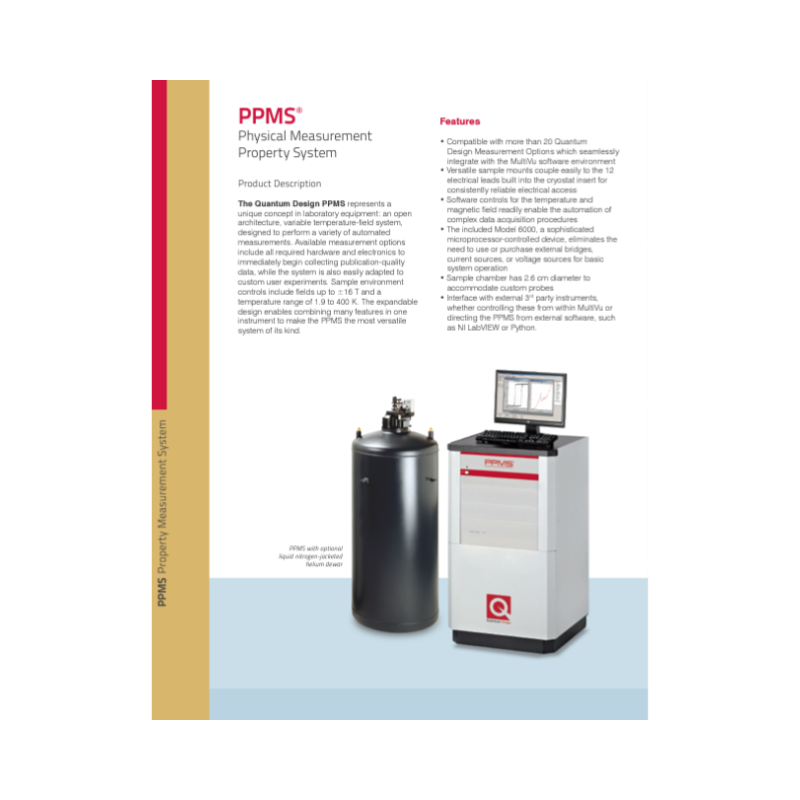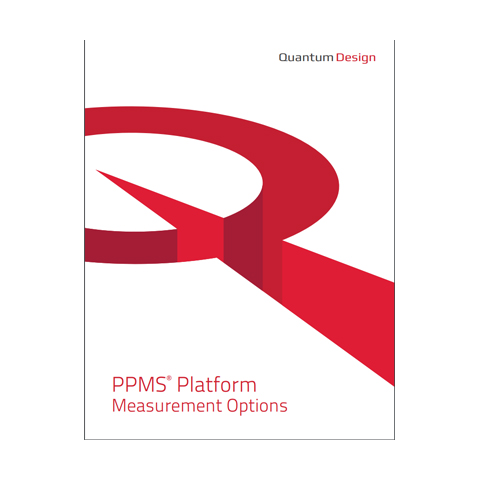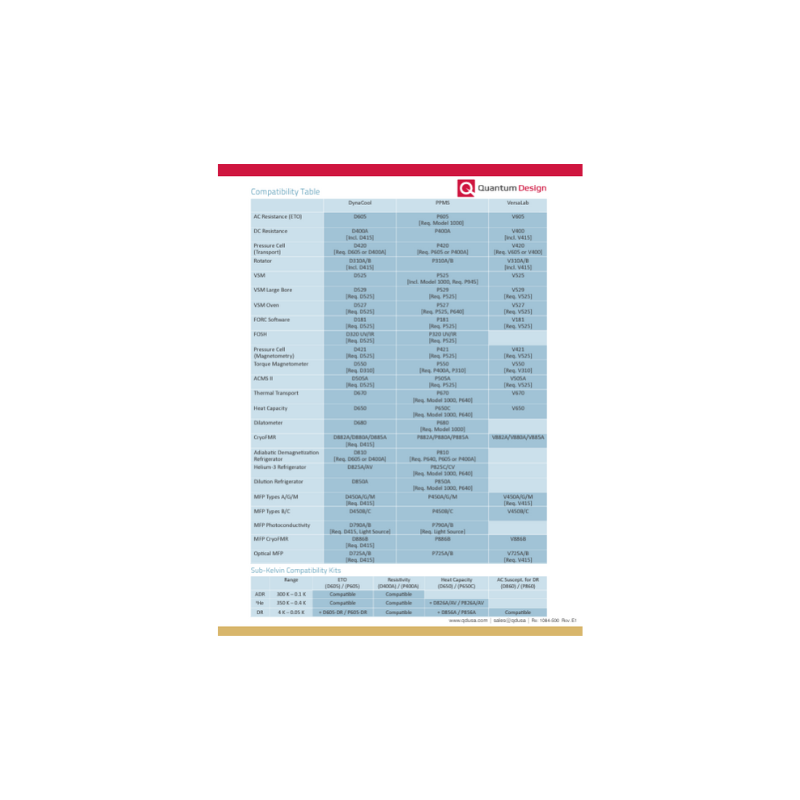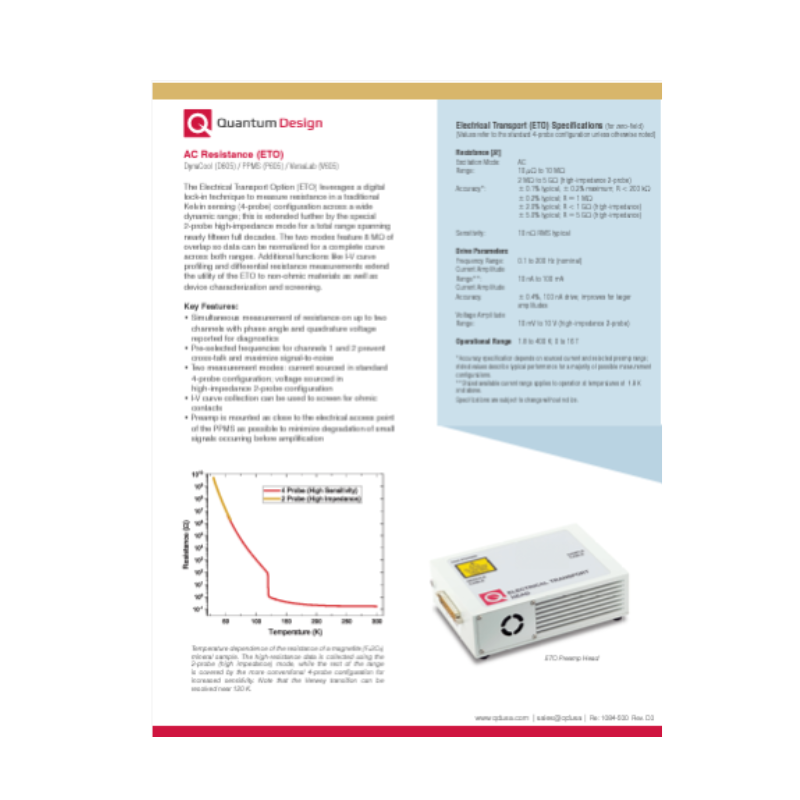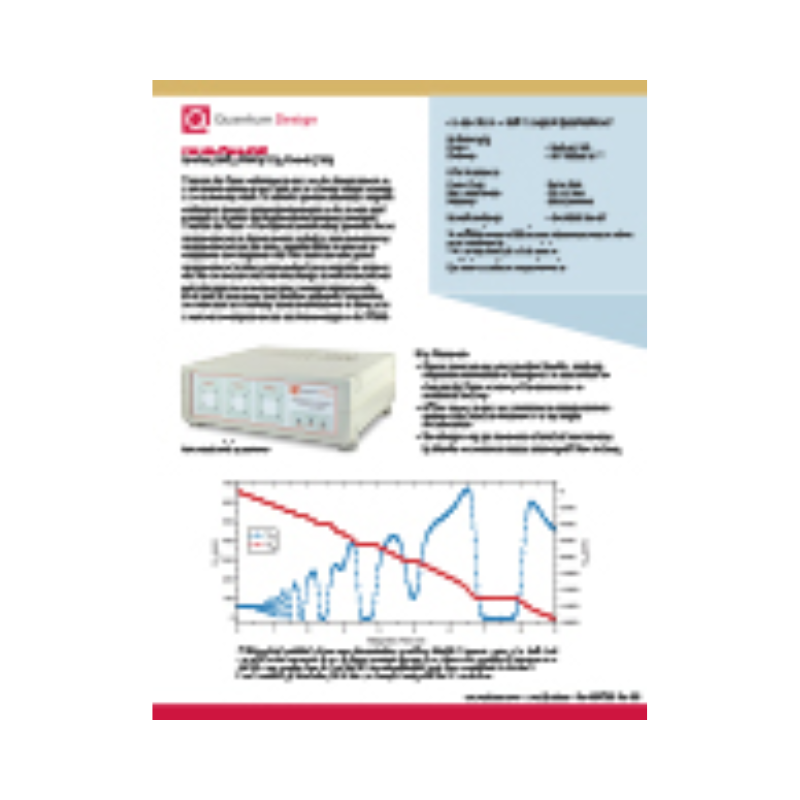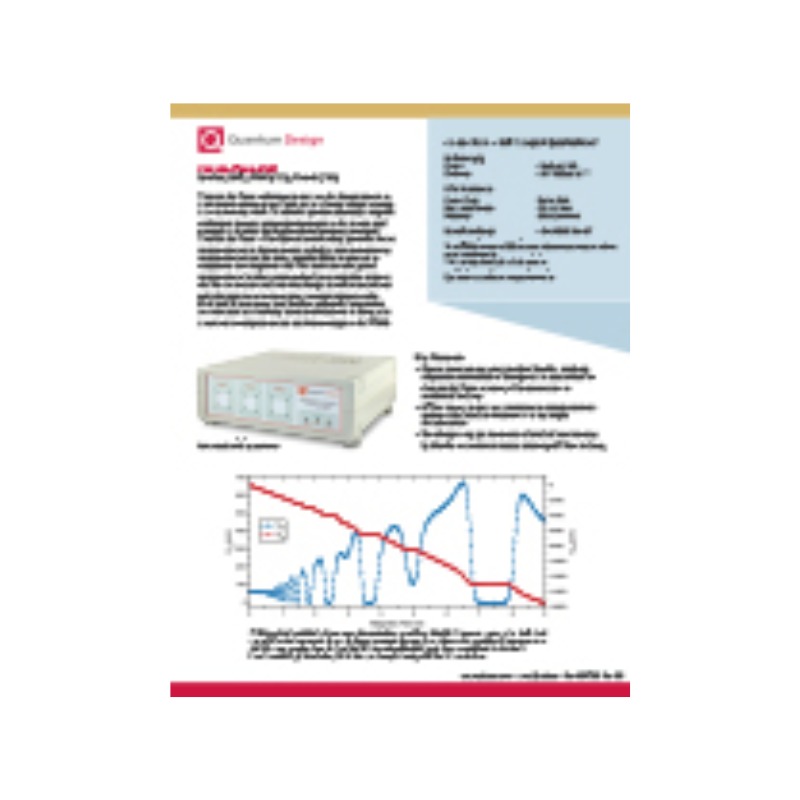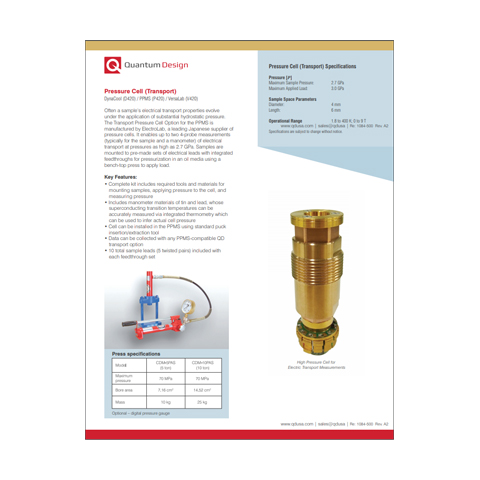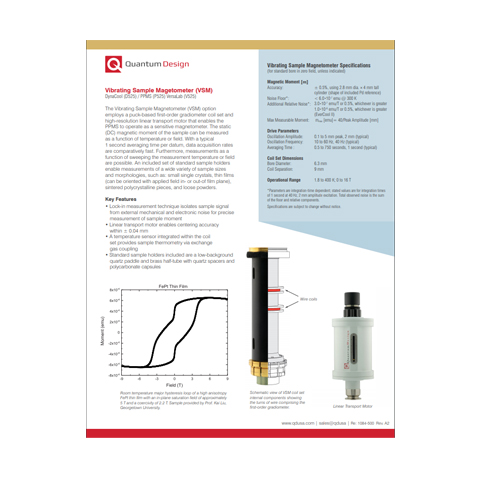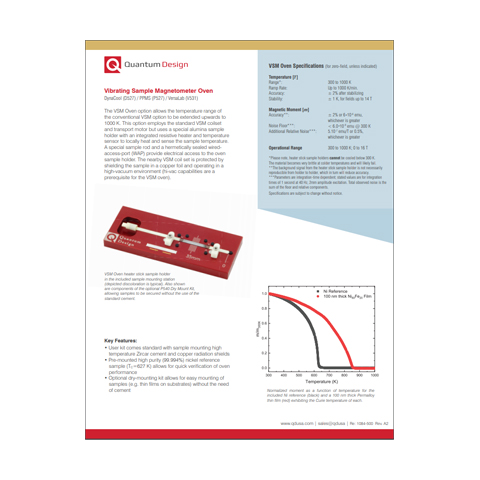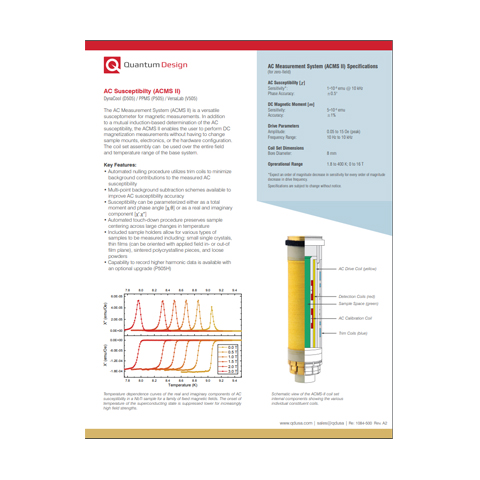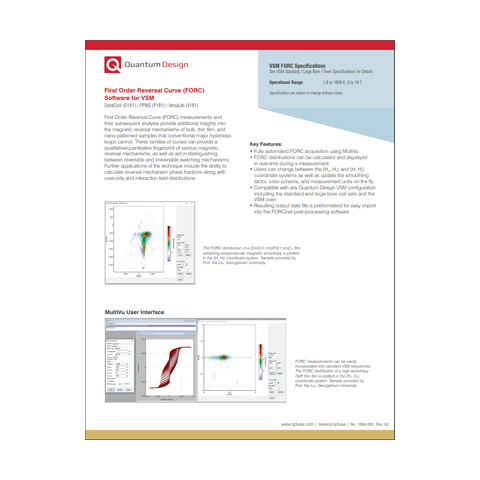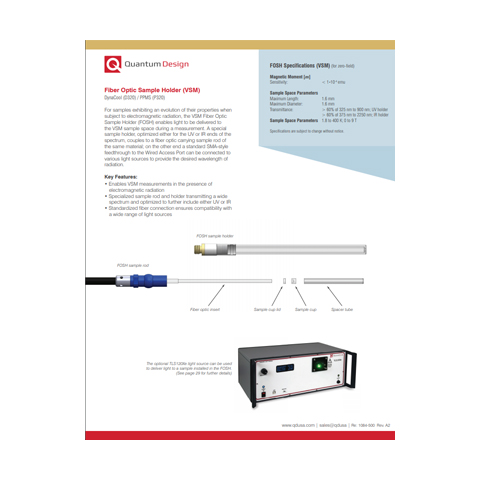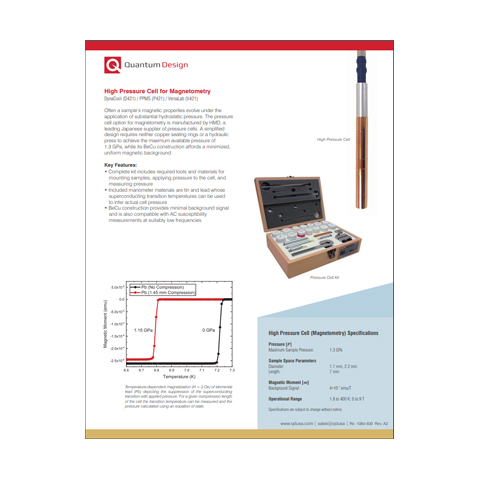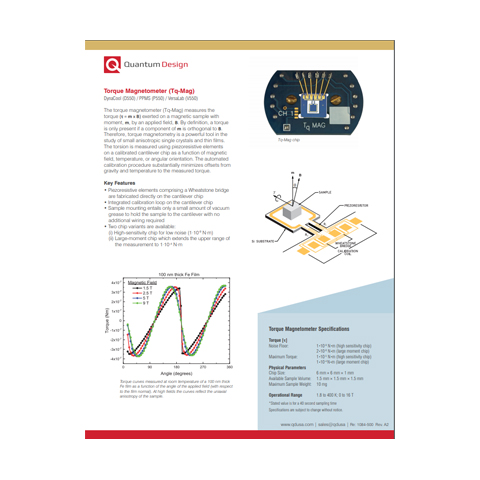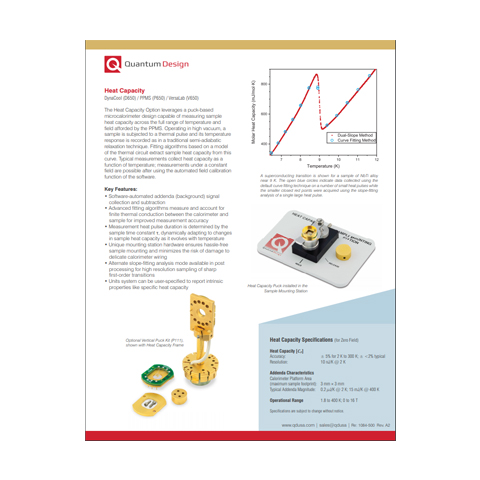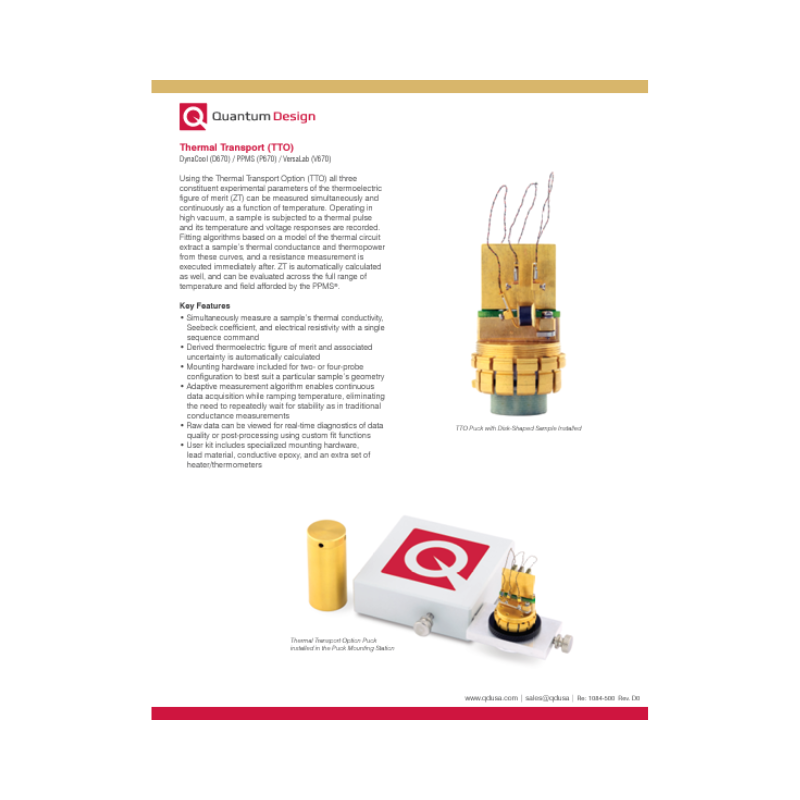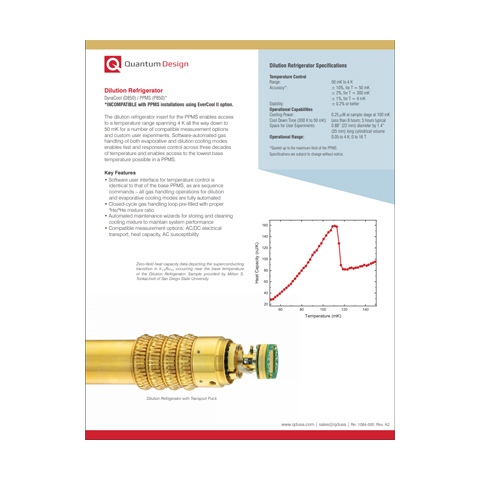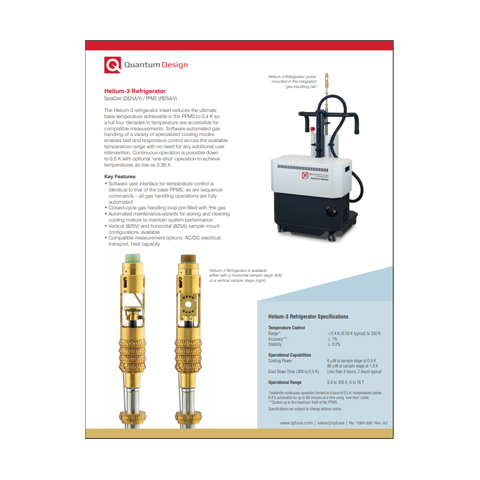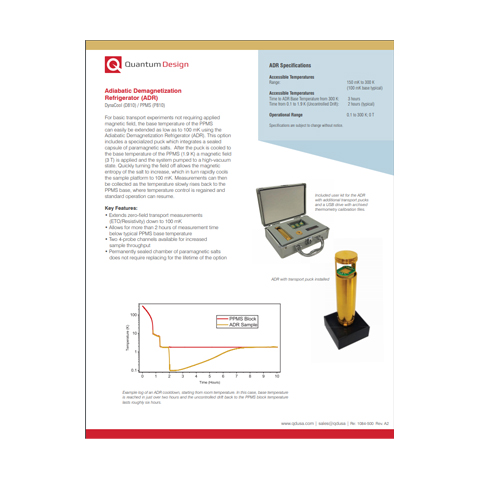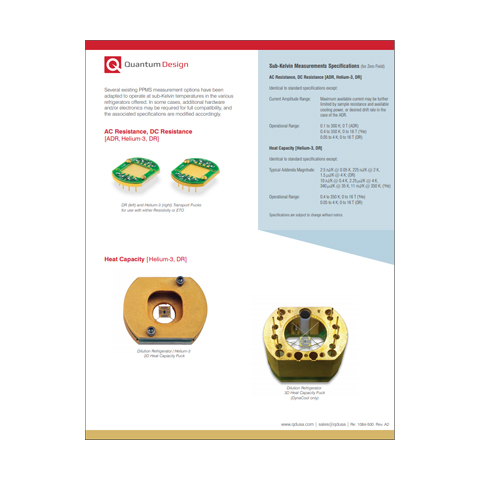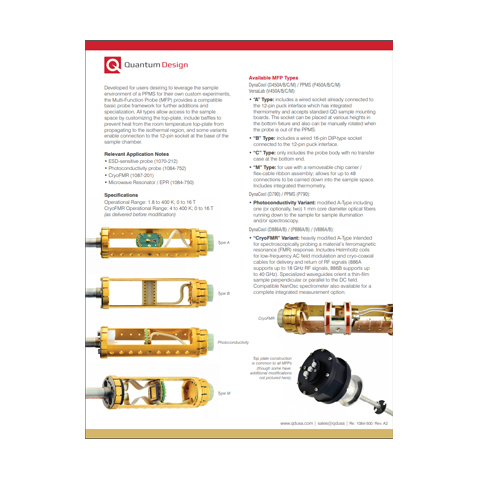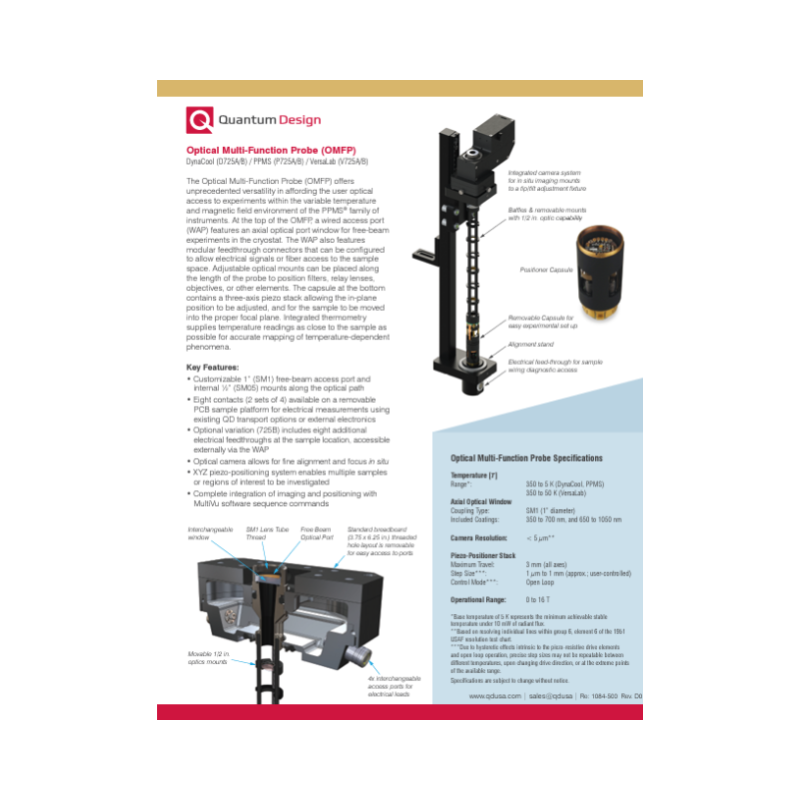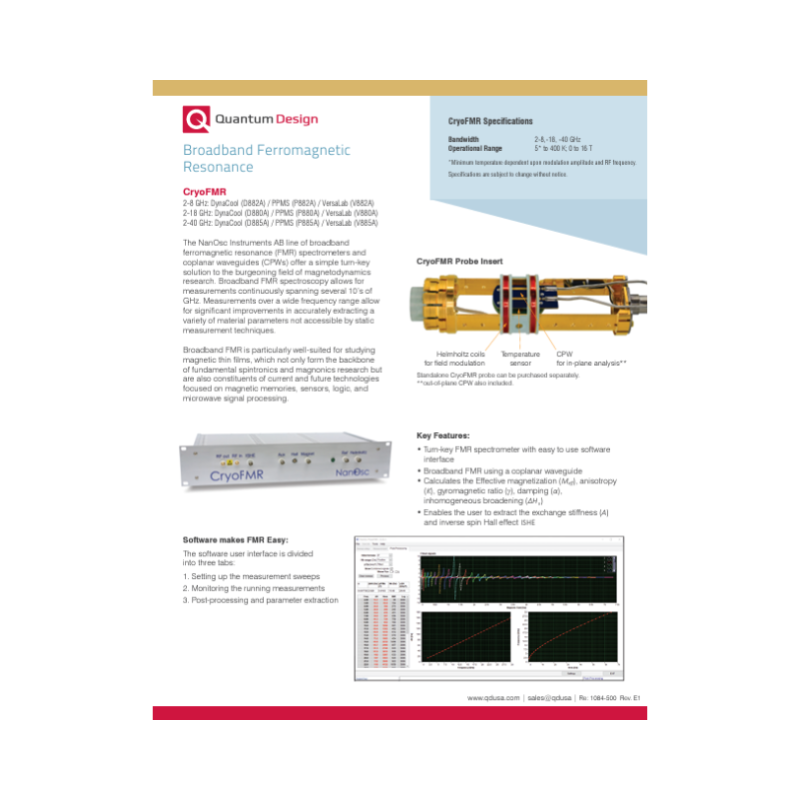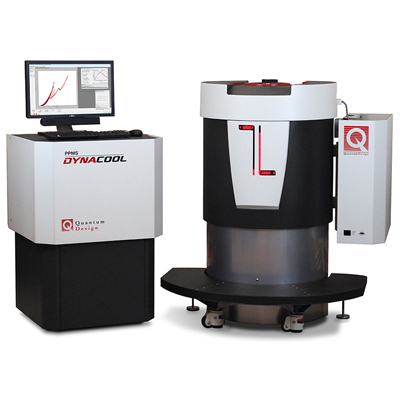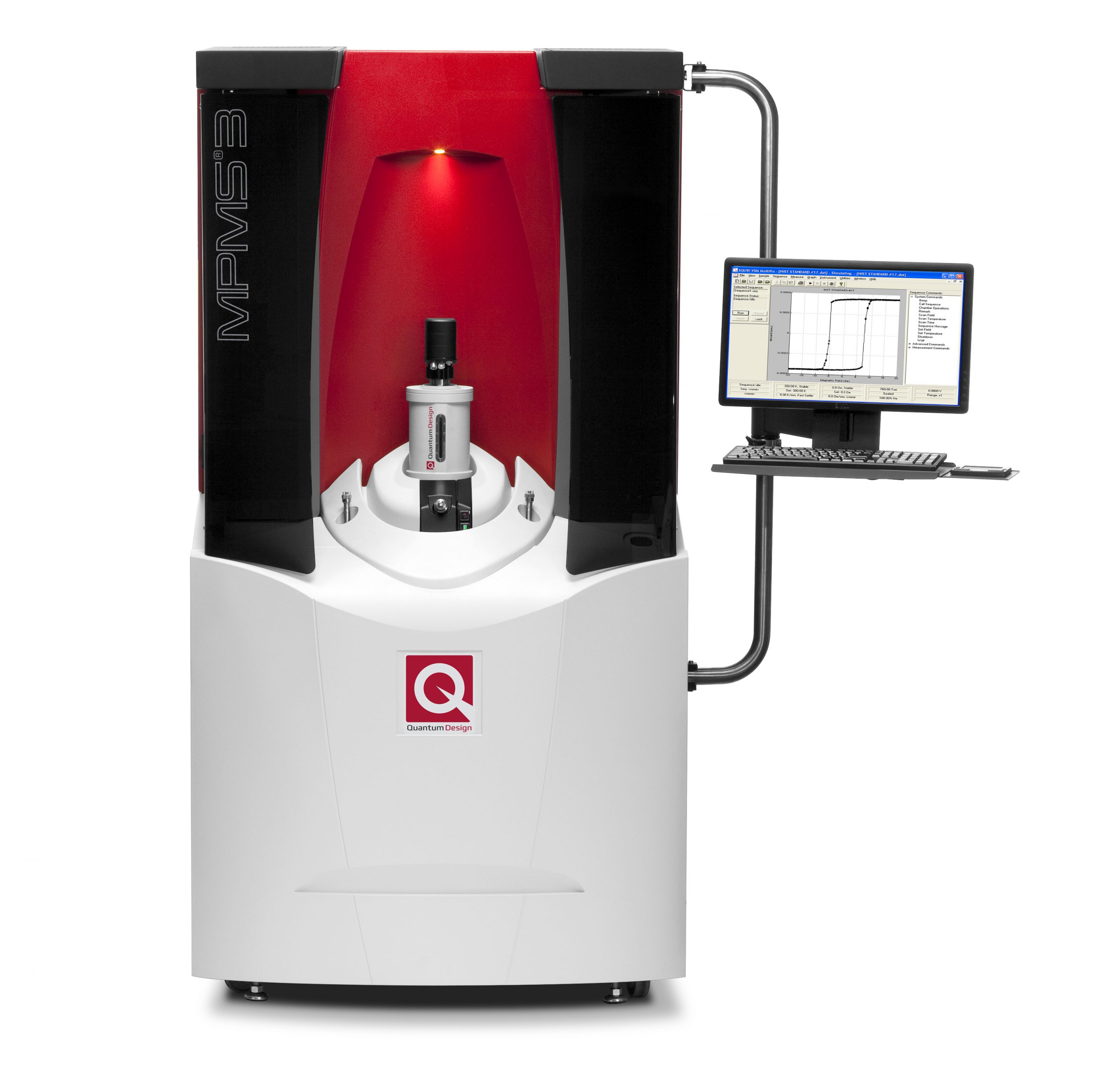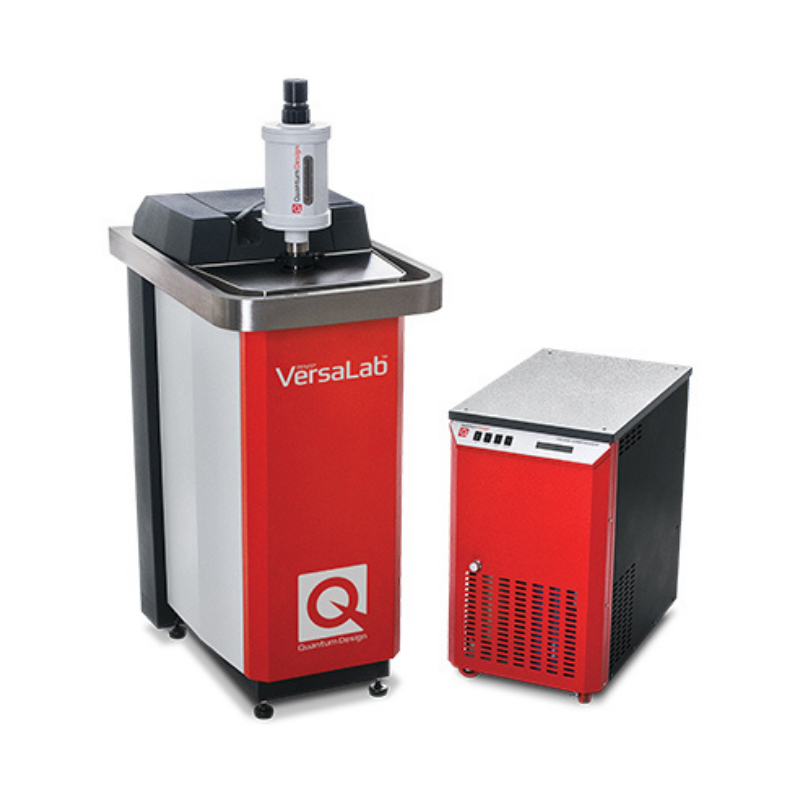- Features
- Options
- Videos
- Downloads
- Related Products
- Contact
- Back To Spectroscopy
- Back To Optics
- Back To Hyperspectral
- Back To Cameras
- Back To X-Ray
- Back To Light Measurement
- Back To Characterisation
- Back To Electron Microscopy
- Back To Magnetometry
- Back To Ellipsometers
- Back To Cryogenics
- Back To Lake Shore
Quantum Design PPMS® Measurement System
Physical Property Measurement System
The Quantum Design PPMS represents a unique concept in laboratory equipment: an open architecture, variable temperature-field system, designed to perform a variety of automated measurements.
Cryogen-Free Option Available as Upgrade: The Quantum Design PPMS EverCool-II® is the cryogen-free upgrade to the industry-leading Physical Property Measurement System (PPMS) product line. Available as an upgrade to existing PPMS installations.
Technical Service and Application Support is available for the Quantum Design products. Download the PPMS service plan here.
Use the PPMS with specially-designed measurement options, or easily adapt it to your own experiments. Sample environment controls include fields up to ±16 tesla and temperature range of 1.9 – 400 K. Its advanced expandable design combines many features in one instrument to make the PPMS the most versatile system of its kind.
FEATURES
- Compatible with more than 20 Quantum Design Measurement Options that seamlessly integrate with the MultiVu software environment
- Versatile sample mounts couple easily to the 12 electrical leads built into the cryostat insert for consistently reliable electrical acces
- Software controls for the temperature and magnetic field readily enable the automation of complex data acquisition procedures
- The included Model 6000, a sophisticated microprocessor-controlled device, eliminates the need to use or purchase external bridges, current sources, or voltage sources for basic system operation
- Sample chamber has 2.6 cm diameter to accommodate custom probes
- Interface with external 3rd party instruments, whether controlling these from within MultiVu or directing the PPMS from external software, such as NI LabVIEW
- PPMS Magnet Options
- Select from 9 T, 14 T, or 16 T longitudinal solenoid magnet configurations
- For transverse fields, a 7 T split-coil configuration is available
- Systems may also be ordered without any installed magnet




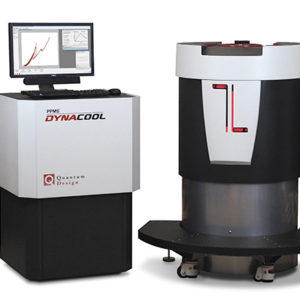






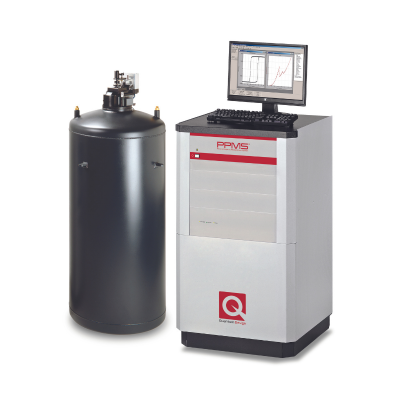
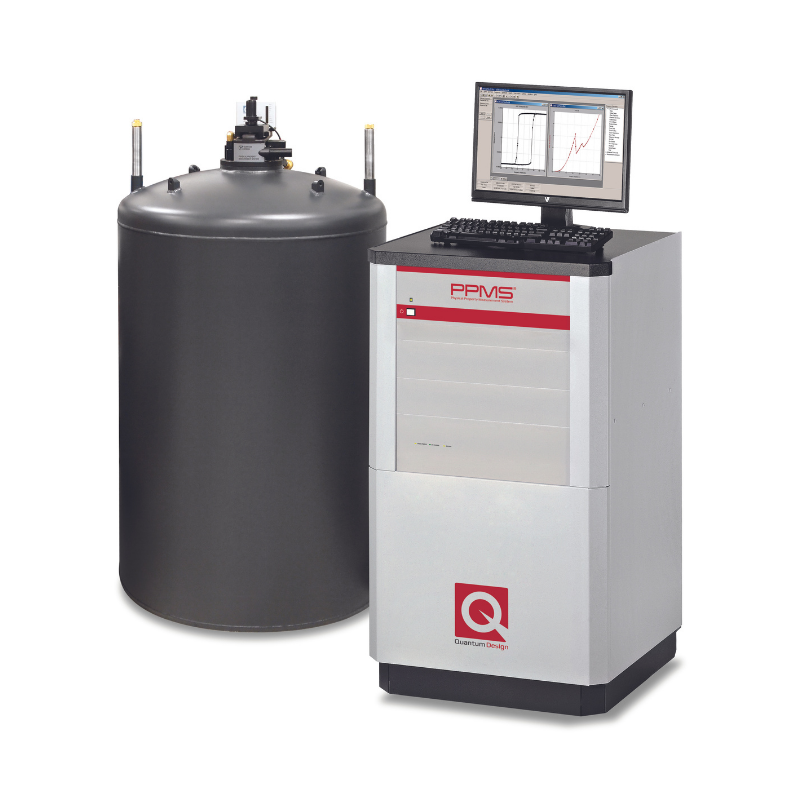
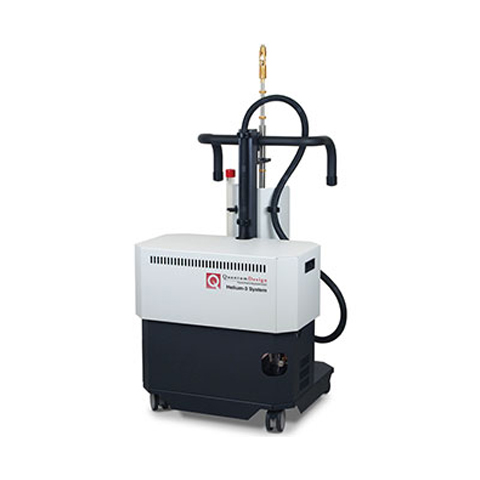
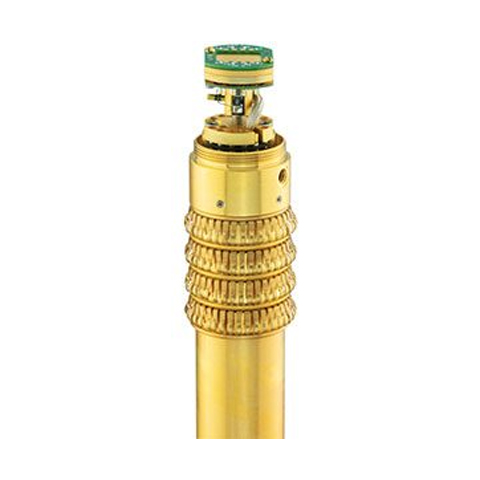
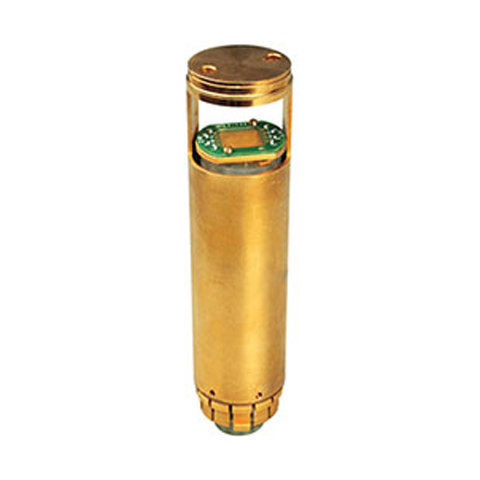
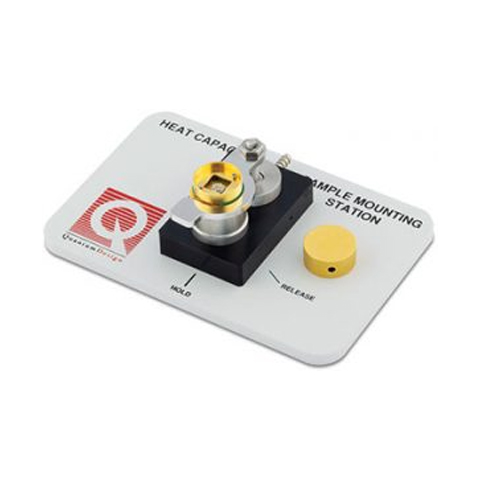

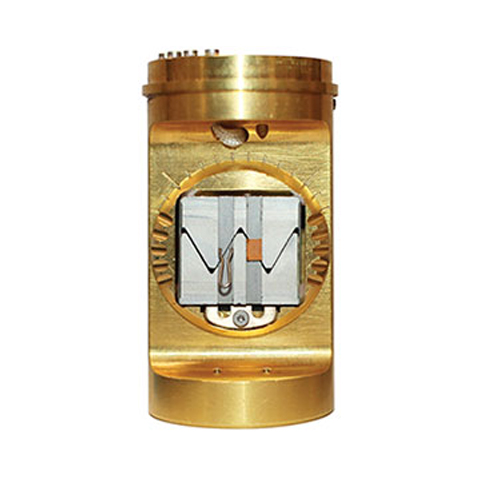
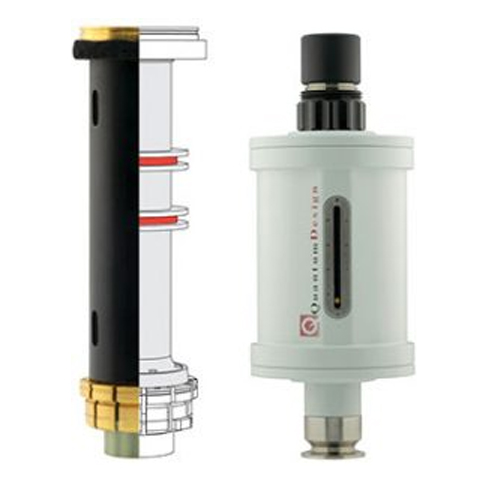
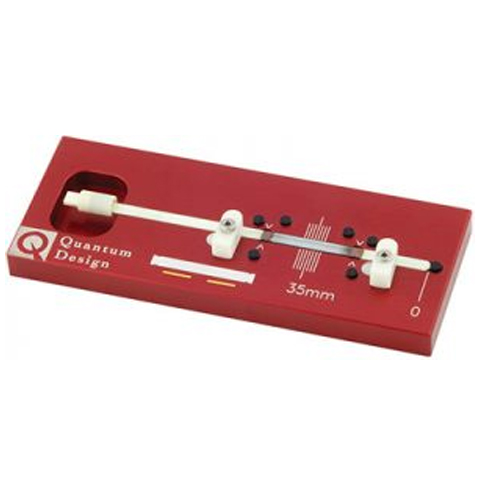
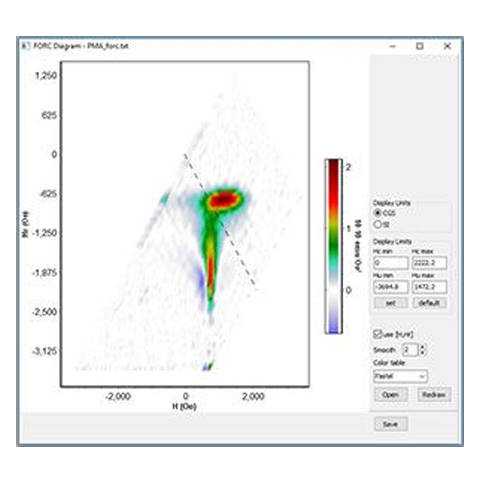
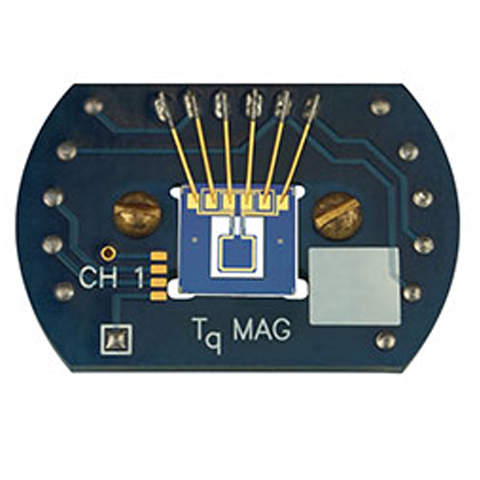
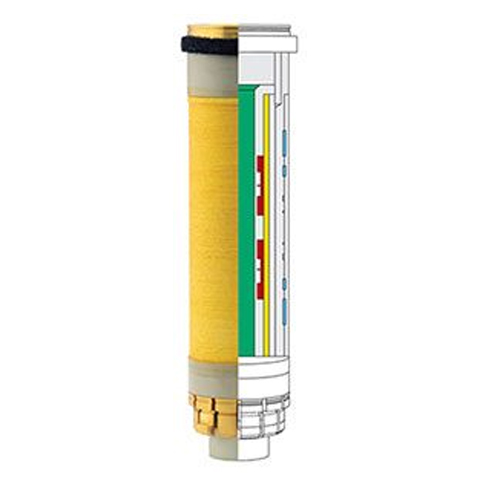
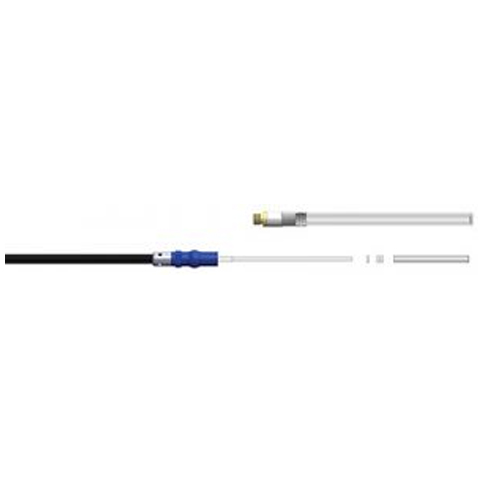
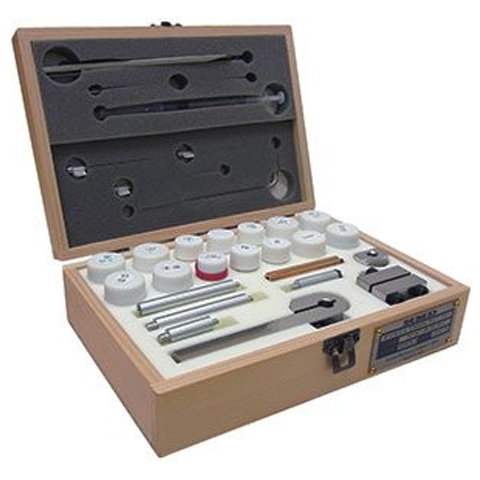
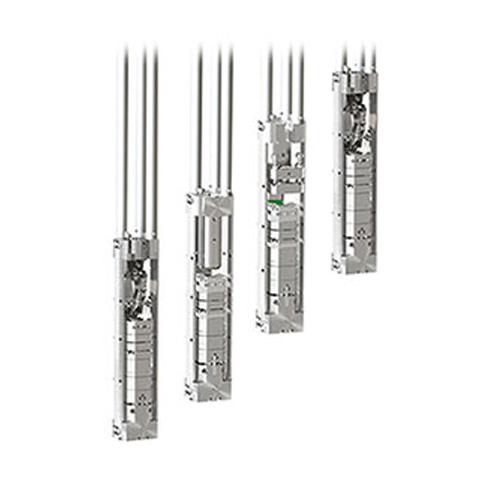
 10-7 emu/T
10-7 emu/T